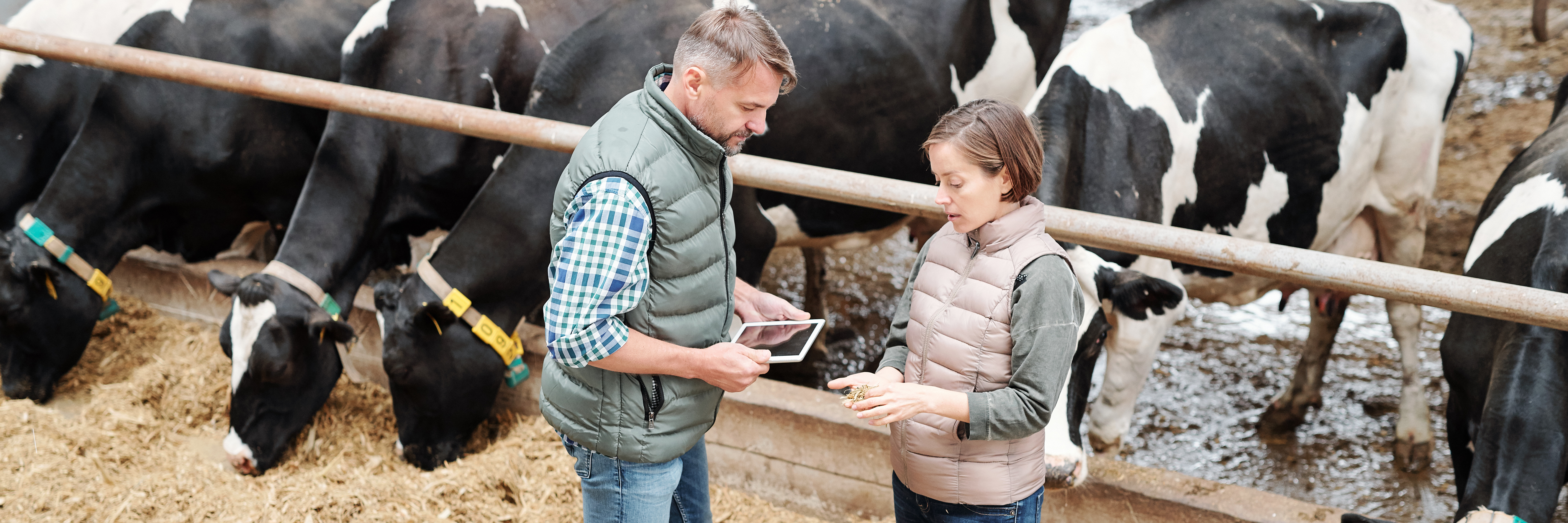
WE ARE EXTENSION
Improving Lives Through Practical, Research-Based Information.
Cooperative Extension, Est. 1914
All universities engage in research and teaching, but the nation’s more than 200 land-grant colleges and universities, have a third critical mission—extension. “Extension” means “reaching out,” and—along with teaching and research—land-grant institutions “extend” their resources, solving public needs with college or university resources through non-formal, non-credit programs.
The Smith-Lever Act, which was passed in 1914, established the partnership between the land-grant colleges of each state, the federal government through the United States Department of Agriculture (USDA), and local county governments to support extension work. Traditionally, each county of all 50 states had a local extension office, although some county offices have consolidated into regional extension centers. Today, there are approximately 2,900 extension offices nationwide.
What is Cooperative Extension?
How do you describe an organization that daily changes lives, makes a difference in a child’s welfare, engenders leadership in citizens and a voice to communities, provides the strategies for living a healthy lifestyle, guides children on the road to responsible adulthood, provides assistance for greater business profitability and individual financial management-in short, makes the quality of life better for every resident of each state and beyond?
Cooperative Extension is a unique education agency with statewide networks of professional educators, trained volunteers, and local offices. Extension reaches across the nation to address local priority needs. Collaborative programs enable extension educators and their partners to extend resources and prevent duplication of services.
“Cooperative” because it would be supported by federal, state, and county partnerships. “Extension” because this innovative system would use trained educators – university faculty – who would translate research from the state’s land-grant university to meet the needs of the citizens of the state.
Alabama
- Alabama Cooperative Extension System – Alabama A&M
- Alabama Cooperative Extension System – Auburn
- Tuskegee University Cooperative Extension Program
Alaska
American Samoa
Arizona
Arkansas
- University of Arkansas at Pine Bluff Outreach and Cooperative Extension
- University of Arkansas Cooperative Extension Service
California
Colorado
Connecticut
Delaware
District of Columbia
Federated States of Micronesia
Florida
Georgia
Guam
Hawai’i
Idaho
Illinois
Indiana
Iowa
Kansas
Kentucky
Louisiana
- Louisiana Cooperative Extension Service
- Southern University Agricultural Research and Extension Center
Maine
Maryland
Massachusetts
Michigan
Minnesota
Mississippi
Missouri
Montana
Nebraska
Nevada
New Hampshire
New Jersey
New Mexico
New York
North Carolina
North Dakota
Northern Mariana Islands
Ohio
Oklahoma
Oregon
Pennsylvania
Puerto Rico
Rhode Island
South Carolina
South Dakota
Tennessee
Texas
Utah
Vermont
Virgin Islands
Virginia
Washington
West Virginia
- West Virginia State University Cooperative Extension Program
- West Virginia University Extension Service
